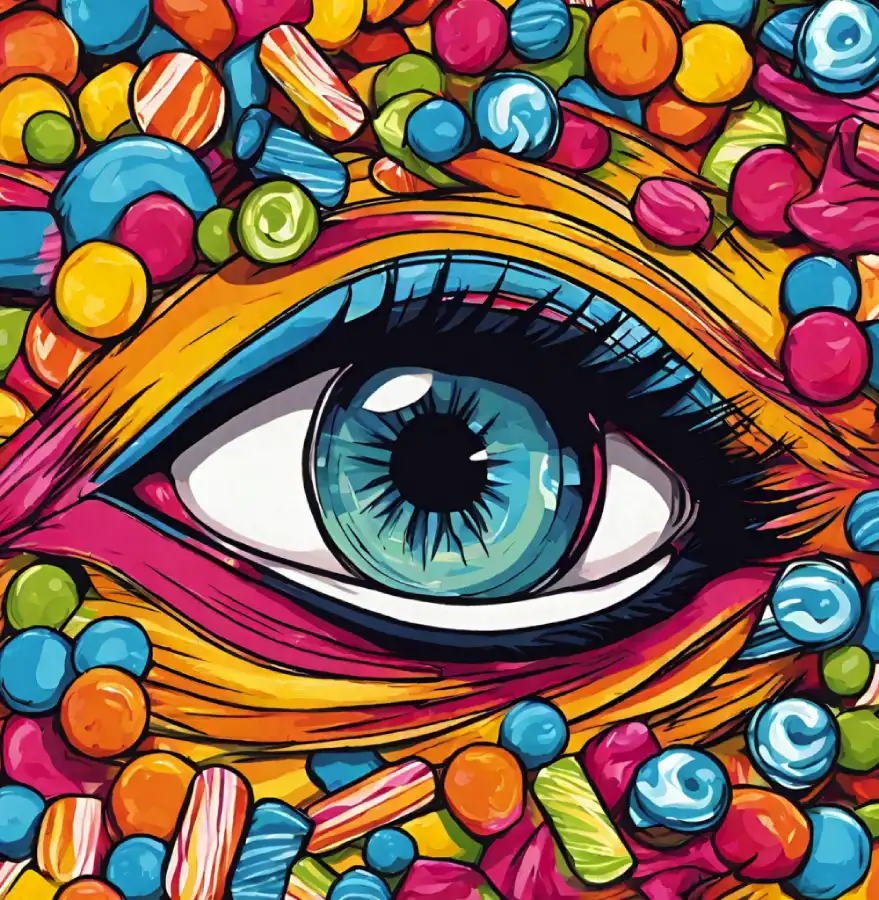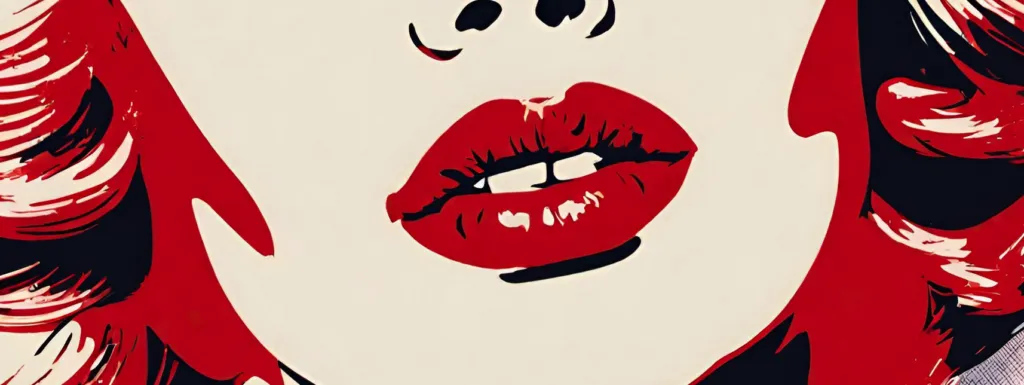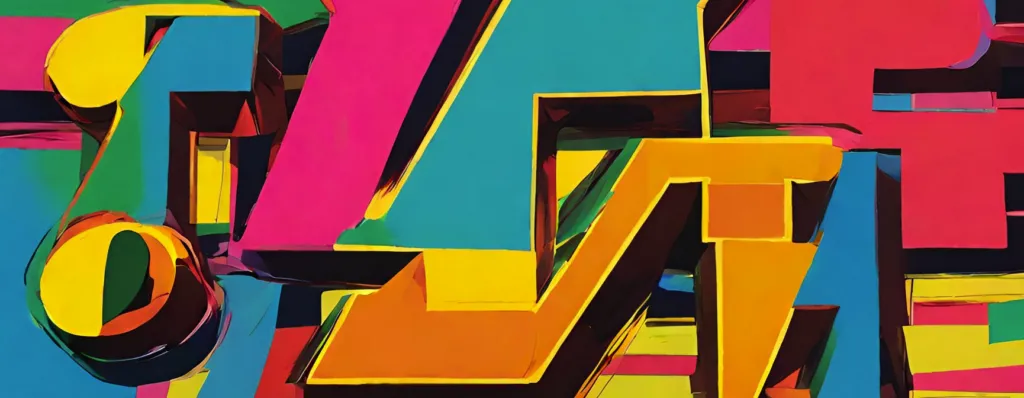What’s the first thing that catches your eye when you think of a brand? That’s right, the logo. This tiny graphic has an immense impact on how your brand is perceived and remembered. We’re diving deep into the art and science of logo design, covering Google Fonts, trademark essentials, and case studies from iconic brands. Stick around!

The Importance of Logos: They’re Not Just Eye Candy
If you think a logo is just a decorative cherry on top, you’re missing out on its power. A logo is usually your brand’s first interaction with the outside world. Studies show it only takes 10 seconds to make an impression with your logo and altering that impression can take years. Bottom line: logos are crucial in branding.
KISS: The Art of Simplicity in Logo Design
When it comes to crafting a memorable and effective logo, the KISS principle—Keep It Simple and Straightforward—cannot be overstated. While intricate details may seem like a good idea initially, they often end up complicating things and diluting the message your logo is supposed to convey.
Here are some key considerations for keeping your logo clean, simple, and impactful:
- Avoid Fine Details: This is particularly important in today’s digital age, where your logo will often appear in sizes smaller than 1″ square on various platforms. Fine lines and intricate designs may not render clearly at smaller sizes, causing your logo to lose its impact or even become unrecognizable.
- Skip the Spot Colors: While Pantone colors can seem attractive, keep in mind that Pantone frequently changes its formulas. This means that the spot color you fall in love with today might not be available—or might look different—five years down the line. Besides, spot colors are generally more expensive to print, and chances are you won’t need that level of specificity for most uses.
- Focus on CMYK and HEX: Given that most of your logo’s life will be on digital platforms or in standard four-color process printing, it’s smarter to focus on getting the CMYK (Cyan, Magenta, Yellow, Black) and HEX (web colors) breakdowns right. These are universal color codes that will ensure your logo maintains its integrity across different mediums.
- Test Scalability: Your logo should be as effective on a business card as it is on a billboard. Before finalizing your design, test it at various sizes to make sure it remains impactful and legible.
- Timelessness Over Trends: It’s tempting to hop onto the latest design trends, but remember, your logo needs to stand the test of time. Aim for a design that won’t look dated in a few years.
- Functionality Across Platforms: Think about where your logo will be used—social media, your website, print materials, merchandise, etc. The design should be flexible enough to adapt to different formats without losing its essence.
In sum, when you’re developing a logo, especially in digital-centric businesses like North Star Design Studio, less is often more. A simpler design not only ensures better visibility and recognition but also saves you from potential future issues related to scalability and color reproduction.
The Nuanced Role of Color in Your Logo Design
When it comes to the color scheme for your logo, there’s more at play than just aesthetics. Sure, every shade elicits certain emotional reactions, but it’s important to note that color psychology isn’t universal. The impact of color can vary depending on your target audience, industry, and even cultural factors. For example, while red may typically represent excitement or urgency, it’s often associated with luxury in high-fashion contexts or viewed as a classic staple in cosmetics.

Choosing the right colors for your logo is not a one-size-fits-all deal. Here’s what you need to consider:
- Industry Norms: Check out the colors commonly used in your industry. If you’re in a niche market, sticking to industry norms can help customers instantly recognize what you offer.
- Target Audience: Think about who you’re aiming to attract. If you’re in high fashion, vibrant and bold colors may resonate more than the subdued palette that might appeal to a corporate audience.
- Cultural Considerations: Colors mean different things in different cultures. What’s viewed as lucky or prosperous in one country could be considered inauspicious in another.
- Brand Compatibility: Ensure the colors align with the overall messaging and tone of your brand. If your brand voice is serene and calm, a fire-engine red logo probably won’t sync well with your identity.
- Versatility: Consider how the colors will appear across various platforms and in different formats. Will the colors clash on your website? How do they look when printed out?
In a specialized business like North Star Design Studio, where the focus is on high-end web development with a rooted strategy, the subtleties in color choices can communicate your specific expertise and set the right expectations. So, don’t just pick a color because it’s trendy this season; make a calculated decision that aligns with your brand’s unique needs.
Verifying Originality: How Unique is Your Logo?
With a plethora of generic designs out there, standing apart is crucial. Tools like TinEye.com can help confirm that your logo is truly unique.

Why Google Fonts Matter
Using Google Fonts isn’t just a fad; it’s a smart choice that ensures consistency across different platforms—from your smartphone to a massive billboard.
Real-world Lessons from Legendary Logos
Brands like Coca-Cola, Apple, and McDonald’s have shaped our culture. Their logos have transcended commerce to become cultural touchstones. Let’s take a page from their books.
Coca-Cola: A Study in Consistency
Coca-Cola’s logo has remained mostly unchanged since 1886, proving that consistency can indeed be king.
Apple: The Art of Simplicity
Apple started with a complex Isaac Newton logo and evolved into the simple apple we know today—a lesson in the power of simplicity.
McDonald’s: The Versatility Test
The McDonald’s logo is as adaptable as it is memorable. From Tokyo to New York, it fits in perfectly, showcasing the importance of a versatile design.

Legal Corner: Securing Your Intellectual Property Like a Pro
So you’ve got this killer logo, right? Don’t just leave it hanging out there in the digital wilderness unprotected. When it comes to shielding your brand’s identity, a registered trademark (®) definitely packs a bigger punch than a basic trademark (™). If you’re putting in all this work to build a brand that resonates, then going for that registered status should be a no-brainer.
Now, let’s talk contracts. When you’re working with a designer or a design agency, it’s crucial to get into the nitty-gritty of the contract terms. Make sure you’re looking out for the following key points:
- Ownership of Original Files: Make sure the contract states that you’ll own the original design files. This means you’ll have the freedom to make future changes without having to go back to the original designer.
- Exclusive Rights: Double-check that the contract provides you with exclusive rights to the logo. This means no one else can use it, especially not in the same industry.
- Duration of Rights: Some contracts might specify a time limit for your rights to the logo. Make sure you either have perpetual rights or a plan to renew these rights.
- Confidentiality: Ensure there’s a clause that prevents the designer from disclosing or using any of your business’s confidential information for any other purpose.
- Termination Clauses: Understand what happens if either party wants to terminate the contract. Are there penalties? What happens to the work that’s already been completed?
- Legal Jurisdiction: This indicates where legal disputes will be settled. Make sure it’s in a location that’s practical for you.
- Revision Policy: Make sure you’re clear on how many revisions are included in the initial cost and what additional changes would cost you. Because let’s face it, creativity is a process.
- Designer Portfolio Rights: A little kindness goes a long way. Don’t be a jerk—let the designer use the finalized logo for their portfolio or self-promotion. After all, if they’ve done a killer job, it’s mutually beneficial to show off the masterpiece. This helps them land more gigs and serves as another platform to showcase your brand.
Further Reading: Accounting and Tax Basics: Choose Your Entity Wisely, Grasshopper

A Logo is Important, But It’s NOT Your Brand
Let’s set the record straight: a logo is the visual representation of your business, but it’s far from being the sum total of your brand. Think of your logo as the face of your company—eye-catching, recognizable, and maybe even a bit charming. But the brand? That’s the personality, the values, the whole backstory that makes people love (or hate) you.
A brand is essentially the place in the minds—and hearts—of your audience that your product or service occupies. It’s built through customer experiences, your company culture, the problems you solve, and the emotions you evoke. Whether it’s the peace of mind that comes from a hassle-free return policy, the joy sparked by exceptional customer service, or the trust built through years of consistency, your brand is a complex tapestry woven over time.
So, while a well-designed logo can draw people in, it takes a fully-realized brand to create a lasting and meaningful relationship with your audience. Investing in both the aesthetics and the essence is key to a robust, resonant brand.
That’s where businesses sometimes go astray. They may put all their focus on crafting the perfect logo while neglecting other critical aspects of branding. Don’t let your business fall into this trap; give your brand the holistic attention it deserves.
Taking the Leap: Crafting a Logo That Turns Heads
So, you’re loaded with insights, tips, and best practices for making a logo that won’t just sit there but will actually pop and make people remember your brand. Seriously, what are you waiting for? The stage is set for you to create a masterpiece!
Now, a quick note for those who might be wondering about partnering up with North Star Design Studio for branding. First off, we’re super flattered you’d consider us for such an important piece of your business puzzle. However, it’s essential to know that we primarily focus on branding as a part of our web development services for established businesses. In other words, our in-depth branding work, including logo design, comes as a package deal when you’re one of our web development clients.
Don’t be disheartened, though! If you’re on the lookout for a comprehensive web strategy built on keyword research and competitor analysis, which just so happens to include crafting an unforgettable logo, then we’re your team. It’s all about ensuring that every component of your online presence works together like a well-oiled machine.
So, if you’re diving deep into the world of high-end web development, we would be thrilled to take on the branding aspect for you. And trust us, when we tackle branding, we go all in to ensure your logo isn’t just aesthetic; it’s strategic, and it resonates.





